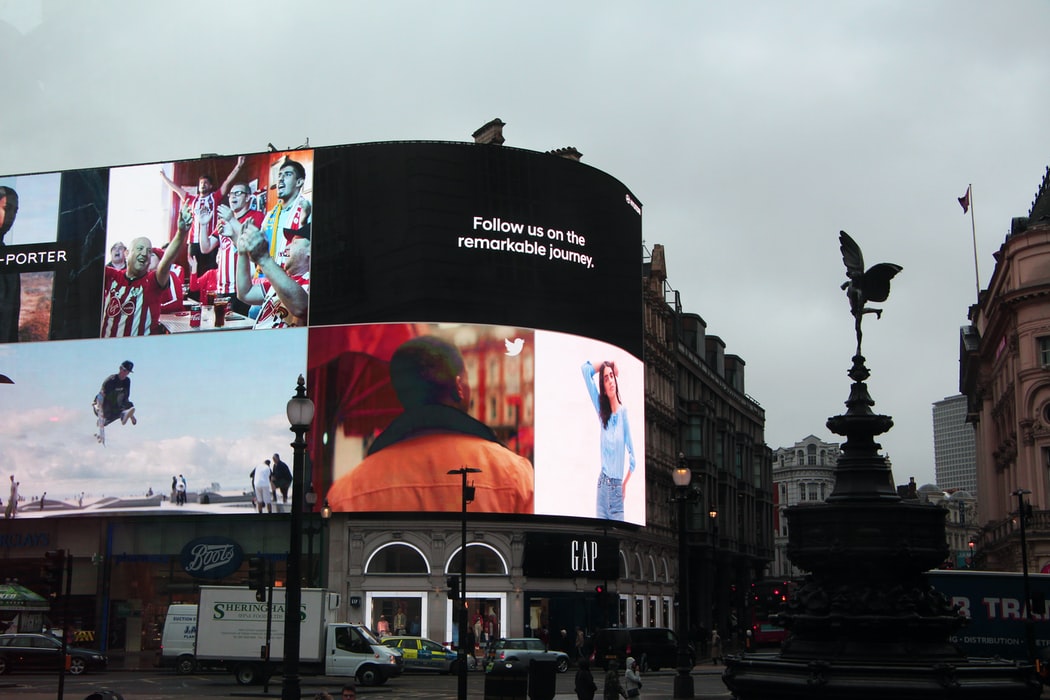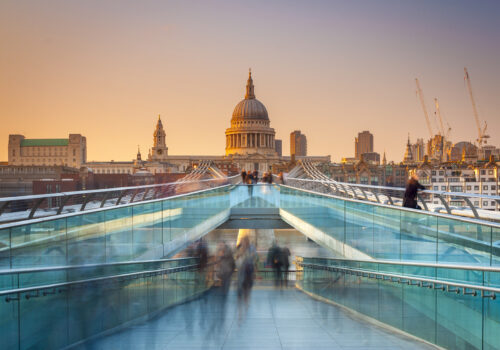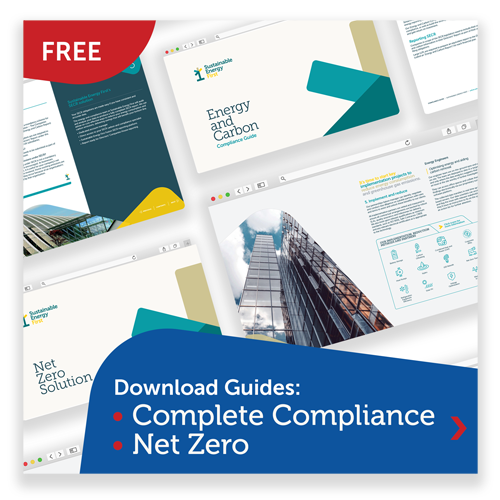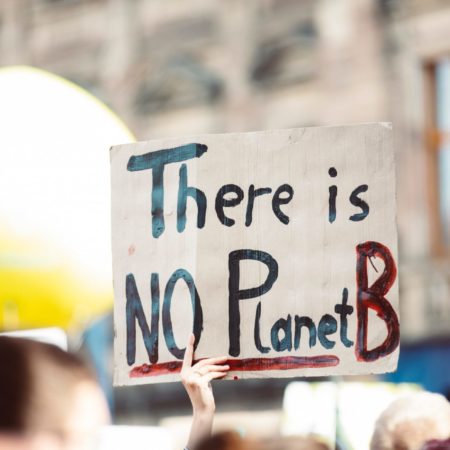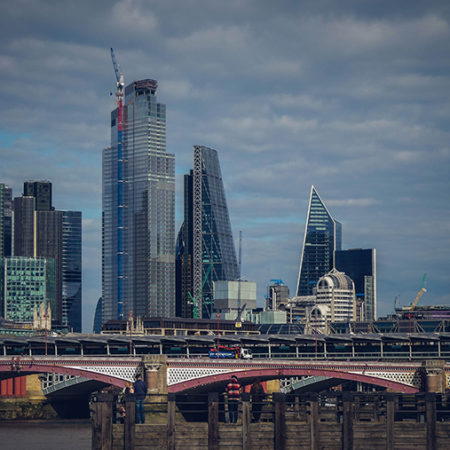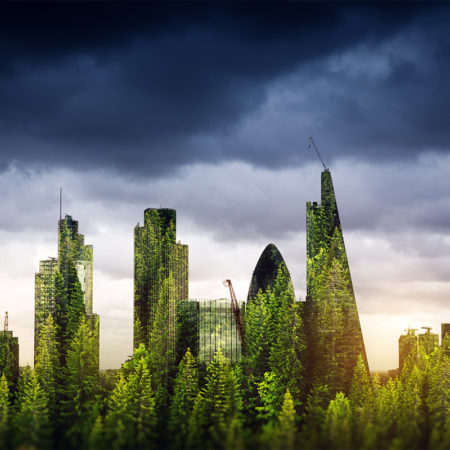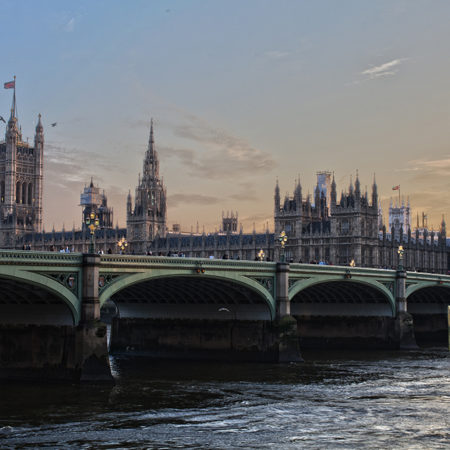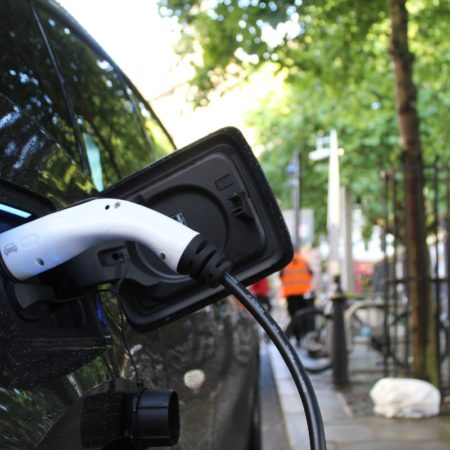It’s official: green sells. Despite the slowness of many retailers to grasp the fact, UK consumers care more about the environment than ever before, and they are making choices that reflect those priorities. Over a third are prepared to pay more for goods and services if they know that the company in question is prioritising the environment.
But the public are also increasingly aware of greenwash and less prepared to tolerate misleading advertising. So, any business using environmental credentials as a sales tactic should be clear about exactly what they’re claiming.
Here we look at some of the common green claims that your business might be making – and how to ensure they stand up to scrutiny.

Net zero
In theory, the definition of a net zero business is simple: one that balances its greenhouse gas emissions with carbon removal activity so that the net impact of its activities on the planet is zero. But businesses with public net zero targets risk being accused of greenwashing unless they can back up their claims. Steer clear of the two biggest mistakes:
- Setting a target that’s too far in the future, while making little progress in the present.
- Relying too much on carbon removal technology and offsets.
These mistakes both happen because businesses understandably want to put off the tough decisions and uncomfortable changes that an absolute reduction in emissions would require. But setting interim targets and getting started on the work right now is the best route to net zero and will make today’s claims much more robust. Signing up to a recognised scheme such as the Science-Based Targets initiative (SBTi) will prove you mean business.
| WEAK | BETTER | BEST |
| “We are committed to net zero by 2050.” | “We plan to reach net zero by 2050, which means halving our emissions by 2030.” | “We have signed up to the SBTi’s Corporate Net Zero Standard and will be halving our emissions by 2030, then reaching net zero before 2050.” |
If your business is serious about embarking on its net zero journey, this site has a wealth of resources, including our Net Zero FAQs and Net Zero Calculator.
For a quick reminder of greenwash traps to avoid, it’s well worth checking out our blogpost: 10 ways to set a net zero target without greenwashing.

Carbon neutral
The idea behind “carbon neutral” is that the product or service has net zero emissions. Any emissions generated in designing, creating, transporting and selling the product are to be offset by emissions taken out of the atmosphere. The main problem with this claim is the challenge of tracking a product throughout its entire lifecycle across the boundaries of multiple businesses. Even if the product is “yours” because your business makes it, you need to account for the emissions from raw materials supplied, transport, waste disposal and so on. These come into the tricky category of Scope 3: emissions generated in your value chain but outside your direct control. It’s not at all easy to measure them accurately when you don’t have oversight of the process.
This is why climate impact expert Mike Berners-Lee has admitted that an item’s official carbon footprint is really “the best estimate that we can get”.
Another issue with claiming “carbon neutral” is the need to ensure that the offsetting offers genuine additionality (that is, the carbon removal would not have happened anyway) and meets a recognised international standard.
The most rigorous way to back up your claims of carbon neutrality is to get your product or service certified as meeting the official BSI standard, known as PAS 2060. In order to meet the requirements for certification by an accredited body, it is a good idea to get help from experts who specialise in this.

Sustainably sourced
“Sustainably sourced” is a dangerously broad term because it goes beyond greenhouse gases to cover all aspects of sourcing ethics. Depending on the context, this might relate to working conditions, animal welfare, protecting biodiversity, minimising water use and so on. It is better to be specific about exactly what you’re doing to make your product sustainable, and even better to explain why.
| WEAK | BETTER | BEST |
| “Our tuna is sustainably sourced.” | “All our tuna is caught by pole and line.” | “All our tuna is caught by pole and line to conserve tuna stocks and avoid killing other marine life such as turtles and dolphins.” |

Powered by 100% renewable energy
If your business has switched to a renewable energy tariff in order to reduce emissions, it is tempting to use that fact in your marketing. But claiming that your factory is “powered by 100% renewable energy” would be misleading. If you’re getting energy from the grid via a conventional supply contract, the energy powering your business is going to be a mixture that you have no control over. When production from renewable sources is low because the sun isn’t shining or the wind isn’t blowing, the proportion of fossil fuel sources in the mix increases.
The government is looking into closing the legal loopholes that make it possible for suppliers to badge their tariffs with claims such as “100% renewable” and “100% green”. In the meantime, it’s completely legal for them to do so – but if your business repeats these claims about your own products, it could look to your customers like greenwash.
Of course, if your business uses nothing but its own renewable generation sources, backed up by storage to manage the intermittency of renewables, you can safely claim to run on “100% renewable energy”. But most businesses aren’t in this situation. Your best option for making a robust claim is to do your homework on supplier options with the help of the guidance from the UK Green Buildings Council. If you can switch to a supplier that actively contributes to the construction of new renewable energy facilities, that’s something you can comfortably boast about.


